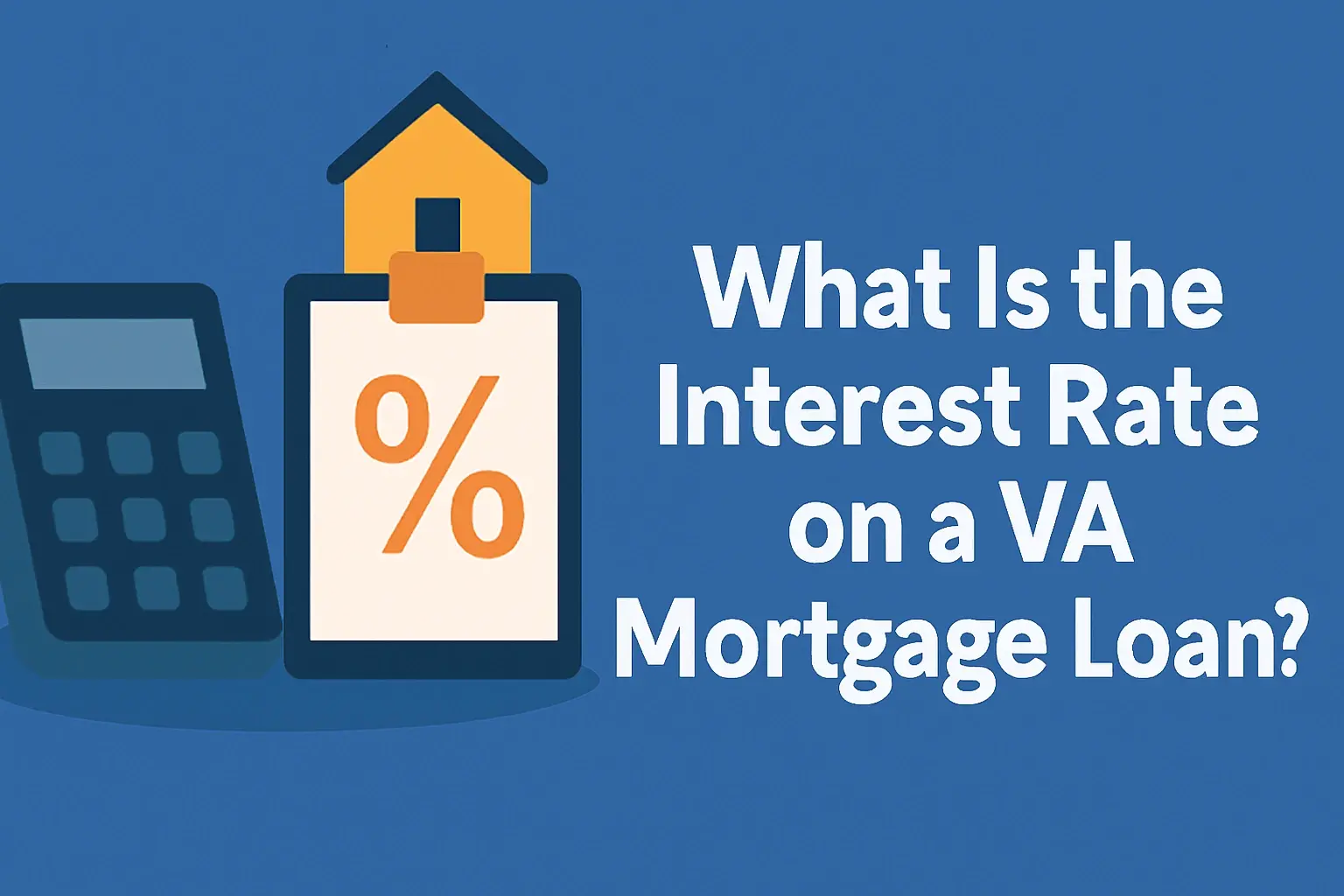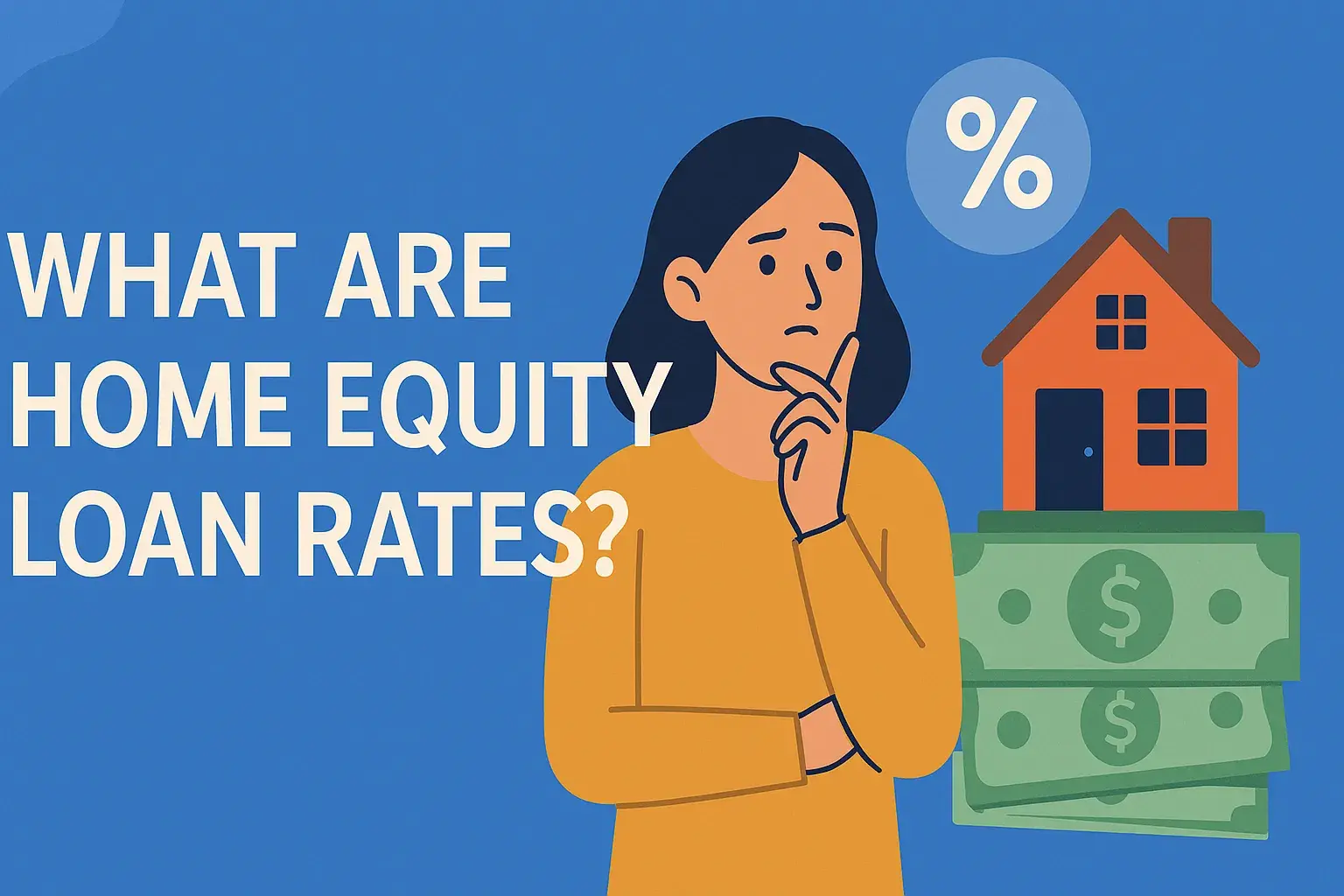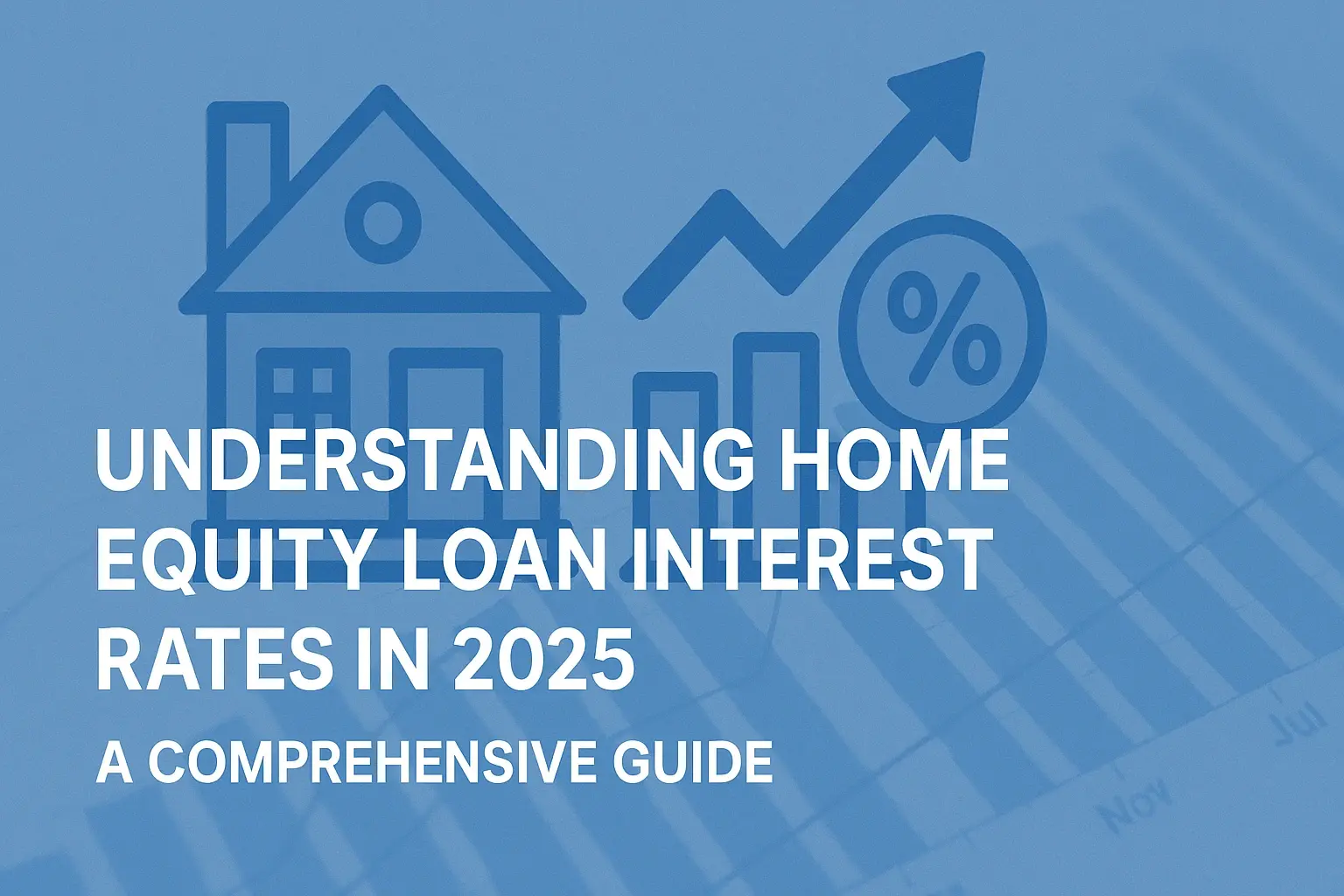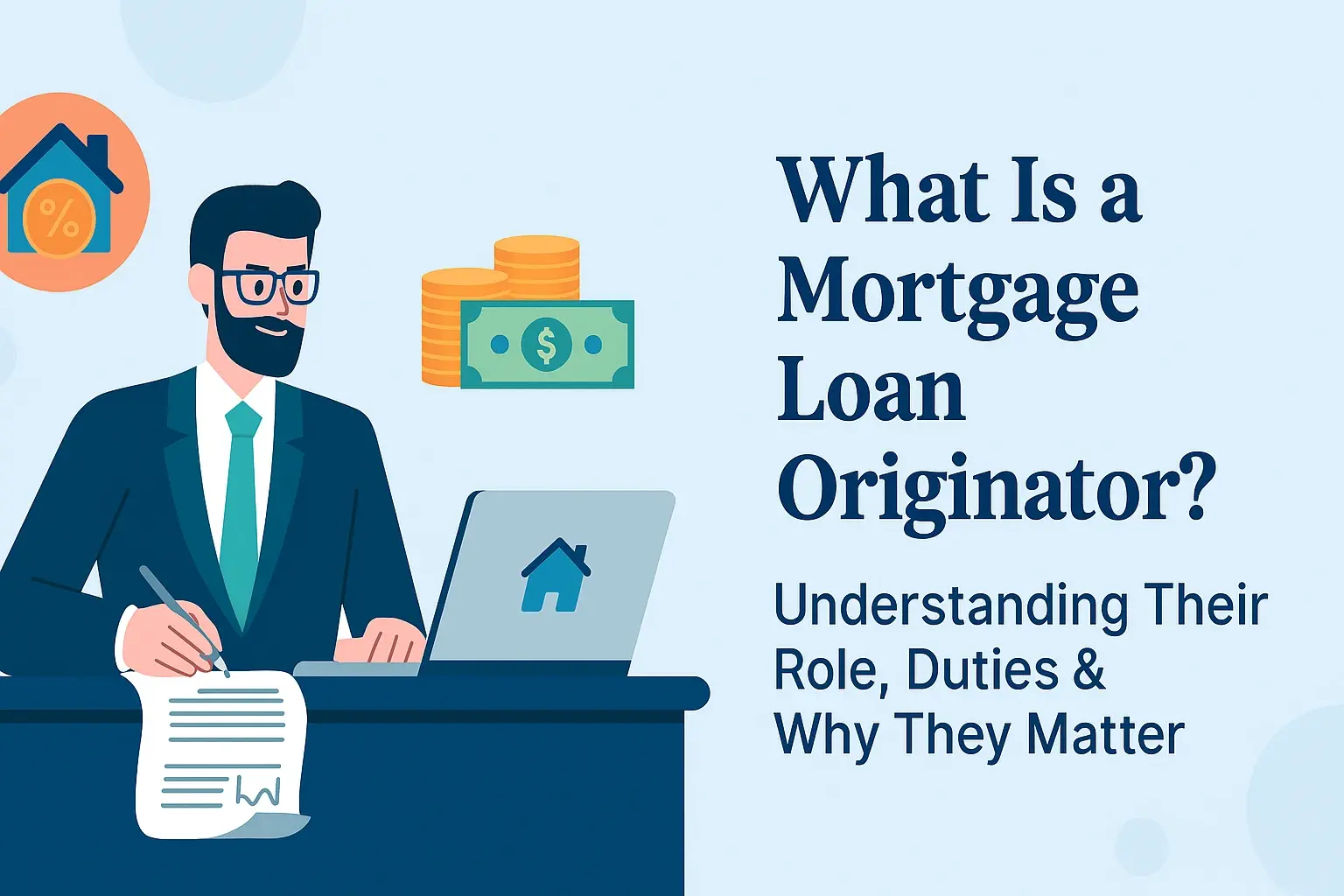-
Posted on: 23 Aug 2024
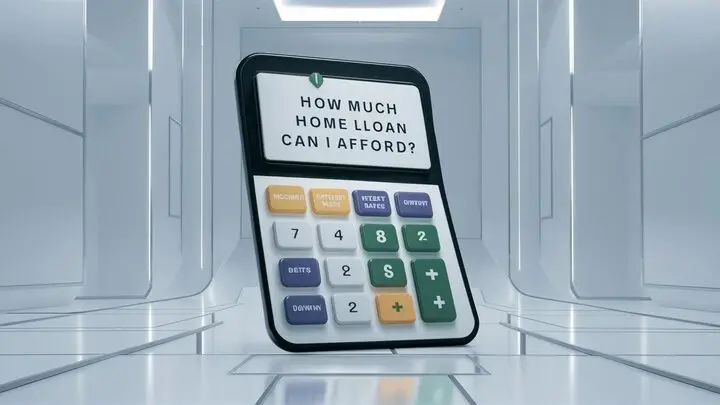
-
Determining "how much home loan can I afford?" is a pivotal question for aspiring homeowners. This guide offers a comprehensive, data-driven approach, empowering you with the knowledge to confidently assess your borrowing capacity and find a mortgage that fits your financial reality in 2025.
Key Factors Influencing Your Home Loan Affordability
Embarking on the journey to homeownership is an exciting prospect, but it hinges on a critical question: "How much home loan can I afford?" This isn't a simple number; it's a complex interplay of your financial health, the current economic landscape, and the specific terms of the loan itself. Understanding these elements is paramount to making a sound financial decision that won't strain your budget. In 2025, as in previous years, lenders will scrutinize several key areas to determine your borrowing capacity. These include your income, your existing debt obligations, your credit history, the size of your down payment, and the type of mortgage you choose. Each of these components plays a significant role in shaping the loan amount you can realistically secure and, more importantly, comfortably repay over the life of the loan.
Understanding Your Income and Debt Ratios
Your income is the foundation of your ability to repay a mortgage, but it's not the only factor. Lenders are equally concerned with how much of your income is already committed to other debts. This is where debt-to-income ratios come into play, providing a clear picture of your financial leverage.
The Crucial Debt-to-Income (DTI) Ratio
The Debt-to-Income (DTI) ratio is one of the most critical metrics lenders use to assess your affordability. It compares your total monthly debt payments to your gross monthly income. There are generally two types of DTI ratios that lenders consider:
- Front-end DTI (or Housing Ratio): This ratio focuses solely on your proposed housing expenses (principal, interest, taxes, and insurance – often referred to as PITI) and divides it by your gross monthly income. Many lenders prefer this ratio to be no higher than 28%.
- Back-end DTI (or Total Debt Ratio): This is a more comprehensive measure. It includes all your monthly debt obligations – including your proposed mortgage payment (PITI), car loans, student loans, credit card minimum payments, and any other recurring debt – divided by your gross monthly income. Lenders typically look for a back-end DTI of 36% or lower, though some may go up to 43% or even higher for borrowers with strong credit scores and larger down payments.
Example: If your gross monthly income is $7,000 and your total monthly debt payments (including the estimated PITI for your new home) would be $3,000, your back-end DTI would be approximately 42.8% ($3,000 / $7,000). This might be on the higher end for some lenders.
Understanding your DTI is crucial because it directly impacts how much you can borrow. A lower DTI indicates you have more disposable income and are less of a risk to lenders, potentially allowing for a larger loan amount or better interest rates. For current 2025 lending standards, maintaining a DTI below 43% is often a benchmark for conventional loans.
Gross vs. Net Income: What Lenders See
When lenders assess your income, they primarily look at your gross monthly income. This is your income before any taxes, deductions, or withholdings are taken out. They use gross income because it's a standardized measure that allows for easier comparison across different borrowers. However, it's essential for you to understand your net monthly income (take-home pay) as this is the actual money you have available to cover your living expenses, including your mortgage payment.
While lenders focus on gross income for DTI calculations, you should perform your own affordability assessment based on your net income. This ensures you can comfortably manage your monthly expenses after all deductions. For instance, if your gross monthly income is $7,000, but after taxes, health insurance, and retirement contributions, your net income is only $4,500, your ability to comfortably afford a $3,000 mortgage payment is significantly different than if your net income was closer to your gross.
Your Credit Score: The Gatekeeper to Affordability
Your credit score is a three-digit number that represents your creditworthiness, essentially a report card on how you've managed debt in the past. It's a vital component of your mortgage application, influencing not only whether you'll be approved but also the interest rate you'll be offered. In 2025, credit scores remain a primary determinant of loan terms.
How Your Credit Score Affects Loan Terms
A higher credit score generally translates to lower interest rates and better loan terms. Lenders view borrowers with high credit scores as less risky, offering them more favorable conditions to incentivize their business. Conversely, a lower credit score can lead to higher interest rates, larger down payment requirements, or even denial of the loan application.
Here's a general breakdown of how credit scores can impact mortgage rates (figures are illustrative and can vary by lender and market conditions in 2025):
Credit Score Range Typical Interest Rate (Example) Impact on Affordability 740+ (Excellent) 3.5% - 4.0% Qualifies for best rates, maximizing loan amount for a given payment. 670-739 (Good) 4.0% - 4.75% Generally good rates, but slightly higher than excellent. 580-669 (Fair) 4.75% - 6.0% Higher rates, potentially requiring larger down payments or PMI. Below 580 Often requires FHA loans or may be declined. Significantly limits loan options and affordability. As you can see, even a difference of a percentage point or two in interest rates can significantly impact your monthly payment and the total interest paid over the life of a 30-year mortgage. For example, a $300,000 loan at 4% interest has a principal and interest payment of approximately $1,432. The same loan at 6% interest would be approximately $1,799, a difference of over $360 per month.
Strategies to Boost Your Credit Score
If your credit score isn't where you'd like it to be, there are several strategies you can employ to improve it before applying for a mortgage:
- Pay Bills on Time: Payment history is the most significant factor in your credit score. Ensure all your bills, including credit cards, loans, and utilities, are paid on or before their due dates.
- Reduce Credit Card Balances: Aim to keep your credit utilization ratio (the amount of credit you're using compared to your total available credit) below 30%, and ideally below 10%.
- Avoid Opening New Credit Accounts: While you're in the process of improving your credit for a mortgage, refrain from opening new credit cards or taking out new loans, as this can temporarily lower your score.
- Check Your Credit Reports: Obtain copies of your credit reports from the three major bureaus (Equifax, Experian, and TransUnion) and dispute any errors you find.
- Consider a Secured Credit Card: If you have a limited credit history, a secured credit card can help you build positive credit by requiring a cash deposit as collateral.
Investing time in improving your credit score can pay dividends in the form of lower interest rates and a greater home loan affordability in 2025.
The Role of Your Down Payment
The down payment is the initial sum of money you pay upfront when purchasing a home. It directly reduces the amount of money you need to borrow, thereby impacting your loan affordability and potentially the terms of your mortgage.
Understanding Down Payment Percentages
The percentage of the home's purchase price that you pay as a down payment can vary significantly. Historically, a 20% down payment was considered standard, but today, many loan programs allow for much lower down payments.
- 0% Down Payment: Available through programs like VA loans (for eligible veterans and active-duty military) and USDA loans (for eligible rural properties).
- 3% - 5% Down Payment: Common for conventional loans, especially for first-time homebuyers. Programs like Fannie Mae's HomeReady and Freddie Mac's Home Possible offer options with as little as 3% down.
- 3.5% Down Payment: This is the minimum required for FHA loans, which are designed for borrowers with lower credit scores or smaller down payments.
- 10% - 20% Down Payment: While not always required, a larger down payment can reduce your loan amount, lower your monthly payments, and potentially help you avoid Private Mortgage Insurance (PMI).
A larger down payment not only reduces the principal loan amount but also demonstrates financial stability to lenders, potentially leading to better interest rates. It also means you'll pay less interest over the life of the loan.
Private Mortgage Insurance (PMI) Explained
If your down payment on a conventional loan is less than 20%, lenders will typically require you to pay Private Mortgage Insurance (PMI). PMI protects the lender in case you default on your loan. It's an additional monthly cost that increases your overall housing expense.
The cost of PMI varies based on your credit score, loan-to-value ratio (LTV), and the loan term, but it generally ranges from 0.5% to 1.5% of the loan amount annually, divided into monthly payments. For example, on a $300,000 loan with a 10% down payment (meaning you're borrowing $270,000), PMI at 0.8% annually would cost $2,160 per year, or $180 per month.
Fortunately, PMI can usually be canceled once you've reached a certain equity level in your home, typically when your LTV reaches 80% or when you pay down your loan to 78% of the original value. Understanding PMI is crucial for accurately calculating your total monthly housing costs and thus your true affordability.
Navigating Loan Types and Terms
The type of mortgage you choose and the length of the loan term significantly influence your monthly payments and the total interest you'll pay. In 2025, understanding these options is key to maximizing your affordability.
Fixed-Rate vs. Adjustable-Rate Mortgages (ARMs)
These are the two primary categories of mortgage interest rates:
- Fixed-Rate Mortgages: The interest rate remains the same for the entire life of the loan. This provides predictable monthly payments, making budgeting easier. They are generally preferred by borrowers who plan to stay in their homes for a long time and value payment stability.
- Adjustable-Rate Mortgages (ARMs): These loans have an interest rate that is fixed for an initial period (e.g., 5, 7, or 10 years) and then adjusts periodically based on market conditions. ARMs typically start with a lower interest rate than fixed-rate mortgages, making them attractive for borrowers who plan to sell or refinance before the adjustment period begins, or who are comfortable with the potential for their payments to change.
Example: A 30-year fixed-rate mortgage might have an interest rate of 4.5%. A 7/1 ARM (fixed for 7 years, then adjusts annually) might start with an interest rate of 3.8%. While the ARM offers a lower initial payment, it carries the risk of future rate increases.
How Loan Terms Influence Affordability
The loan term refers to the length of time you have to repay the mortgage. The most common terms are 15 and 30 years, but other options exist.
- 30-Year Mortgage: Offers lower monthly payments because the loan is spread out over a longer period. This makes it more affordable on a monthly basis, allowing borrowers to qualify for larger loan amounts. However, you'll pay significantly more interest over the life of the loan.
- 15-Year Mortgage: Features higher monthly payments but a lower interest rate and substantially less interest paid over the life of the loan. This can be a good option if you can comfortably afford the higher payments and want to build equity faster.
Comparison of a $300,000 Loan:
Loan Term Interest Rate (Example) Monthly P&I Payment Total Interest Paid 30 Years 4.5% $1,520 $247,200 15 Years 4.0% $2,149 $86,820 The choice of loan term directly impacts your monthly budget and your long-term financial commitment. For many, a 30-year term offers the most immediate affordability, allowing them to purchase a home they might not otherwise be able to afford monthly.
Calculating Your Maximum Home Loan Amount
Now that you understand the key factors, let's delve into how to estimate the maximum home loan you can afford. This involves a combination of lender guidelines and your personal financial comfort level.
Pre-Qualification vs. Pre-Approval: What's the Difference?
Before diving into calculations, it's crucial to understand these two initial steps in the mortgage process:
- Pre-Qualification: This is a preliminary assessment of your borrowing capacity based on the financial information you provide (income, assets, debts). It's a quick estimate and doesn't involve a deep dive into your credit or verification of documents. It gives you a rough idea of what you might be able to borrow.
- Pre-Approval: This is a more thorough process. A lender reviews your credit report, verifies your income and assets, and provides a written commitment to lend you a specific amount, subject to certain conditions (like a satisfactory appraisal of the property). Pre-approval is much stronger and gives you a clear picture of your borrowing power, making you a more attractive buyer to sellers.
In 2025, getting pre-approved early in your home search is highly recommended. It helps you focus your search on homes within your realistic budget and prevents the disappointment of falling in love with a home you can't afford.
Using Mortgage Affordability Calculators
Online mortgage affordability calculators are excellent tools to get an initial estimate. These calculators typically ask for:
- Your gross annual or monthly income
- Your estimated monthly debt payments (car loans, student loans, credit cards)
- The estimated interest rate
- The loan term (e.g., 30 years)
- Your available down payment
- Your estimated property taxes and homeowners insurance
These calculators use industry-standard formulas (like the DTI ratios discussed earlier) to provide an estimated maximum loan amount and a corresponding monthly payment. They are a great starting point for your research.
A Practical Example: Calculating Your Loan Limit
Let's walk through an example to illustrate how to estimate your affordable loan amount. We'll use a borrower named Sarah.
Sarah's Financial Snapshot (2025):
- Gross Annual Income: $90,000 ($7,500 per month)
- Existing Monthly Debt Payments (car loan, student loan, credit cards): $800
- Available Down Payment: $30,000
- Desired Loan Term: 30 years
- Target Interest Rate: 4.25% (based on her good credit score)
- Estimated Annual Property Taxes: $3,600 ($300 per month)
- Estimated Annual Homeowners Insurance: $1,200 ($100 per month)
Lender's Guidelines (Typical):
- Maximum Front-end DTI: 28%
- Maximum Back-end DTI: 36%
Step 1: Calculate Maximum Housing Payment (Front-end DTI)
Maximum Housing Payment = Gross Monthly Income × Maximum Front-end DTI
Maximum Housing Payment = $7,500 × 0.28 = $2,100
This $2,100 includes Principal, Interest, Taxes, and Insurance (PITI).
Step 2: Calculate Maximum Total Debt Payment (Back-end DTI)
Maximum Total Debt Payment = Gross Monthly Income × Maximum Back-end DTI
Maximum Total Debt Payment = $7,500 × 0.36 = $2,700
Step 3: Determine Maximum Allowable Mortgage Payment (P&I)
First, subtract the non-housing debt from the maximum total debt:
Maximum P&I Payment = Maximum Total Debt Payment - Existing Monthly Debt Payments
Maximum P&I Payment = $2,700 - $800 = $1,900
Now, consider the housing expenses (taxes and insurance) from the maximum housing payment:
Maximum P&I Payment (considering front-end DTI) = Maximum Housing Payment - Estimated Monthly Taxes - Estimated Monthly Insurance
Maximum P&I Payment = $2,100 - $300 - $100 = $1,700
Sarah's more restrictive maximum P&I payment is $1,700 (from the front-end DTI calculation). This is the maximum she can allocate to just the principal and interest of her mortgage payment to stay within the lender's guidelines.
Step 4: Estimate the Loan Amount Based on P&I Payment
Using a mortgage calculator or formula, we can determine the loan amount that results in a $1,700 monthly P&I payment at 4.25% for 30 years. This comes out to approximately $330,000.
Step 5: Calculate Maximum Purchase Price
Maximum Purchase Price = Estimated Loan Amount + Down Payment
Maximum Purchase Price = $330,000 + $30,000 = $360,000
Based on these calculations, Sarah could potentially afford a home priced around $360,000. However, it's crucial for Sarah to consider her personal comfort level. Does a $1,700 P&I payment, plus $400 for taxes and insurance, totaling $2,100 per month, fit comfortably within her budget after other living expenses? She might choose to borrow less to have more financial flexibility.
This example highlights the importance of using both lender guidelines and your personal financial comfort to determine affordability. For the most accurate assessment, always consult with a mortgage lender for pre-approval.
Beyond the Mortgage Payment: Other Homeownership Costs
Many first-time homebuyers focus solely on the monthly mortgage payment (principal and interest) when assessing affordability. However, owning a home comes with a range of additional expenses that can significantly increase your total monthly housing cost. In 2025, budgeting for these is as critical as budgeting for the mortgage itself.
Property Taxes
These are taxes levied by local governments on the value of your property. They are typically paid annually or semi-annually, but lenders usually require them to be paid monthly and included in your mortgage escrow account (part of your PITI payment). Property tax rates vary widely by location.
Homeowners Insurance
This insurance protects your home and belongings against damage from events like fire, theft, and natural disasters. Lenders require homeowners insurance, and its cost depends on factors like your home's value, location, and the coverage you choose. Like property taxes, it's often paid monthly through escrow.
Private Mortgage Insurance (PMI) - Revisited
As discussed earlier, if your down payment is less than 20% on a conventional loan, you'll likely pay PMI. This is an additional monthly cost that needs to be factored into your affordability calculations.
Home Maintenance and Repairs
Homes require ongoing maintenance. This can include routine tasks like lawn care and gutter cleaning, as well as unexpected repairs for things like a leaky roof, a broken appliance, or HVAC issues. A common guideline is to budget 1-3% of the home's value annually for maintenance and repairs.
Utilities
Costs for electricity, gas, water, sewer, and trash removal are your responsibility as a homeowner. These costs can be higher than renting, especially for larger homes or in climates with extreme temperatures.
Homeowners Association (HOA) Fees
If you purchase a property within a community governed by an HOA, you'll be required to pay monthly or annual HOA fees. These fees cover the maintenance of common areas, amenities (like pools or gyms), and sometimes utilities or services. HOA fees can range from under $100 to several hundred dollars per month.
When calculating how much home loan you can afford, it's essential to add all these potential costs to your principal and interest mortgage payment to arrive at a true monthly housing expense. This comprehensive approach ensures you're not overextending your finances.
2025 Housing Market Trends and Their Impact
The broader economic and housing market conditions in 2025 will undoubtedly influence home loan affordability. Staying informed about these trends can help you make more strategic decisions.
Interest Rate Forecasts for 2025
Mortgage interest rates are heavily influenced by the Federal Reserve's monetary policy and broader economic conditions. While predicting exact rates is impossible, forecasts for 2025 suggest a potential stabilization or even a slight decrease from late 2024 highs, though they are unlikely to return to the historically low levels seen in previous years. For instance, projections from various financial institutions in late 2024 indicate that average 30-year fixed mortgage rates might hover in the 4.0% to 5.5% range throughout 2025, depending on inflation and economic growth. This range is crucial for affordability calculations.
Home Price Appreciation Projections
After a period of rapid growth, many economists anticipate a moderation in home price appreciation in 2025. While significant price drops are not widely predicted in most markets, the pace of increases is expected to slow down. Some regions might see modest declines, while others continue to experience slight gains. This slower appreciation can make homeownership more accessible compared to markets with runaway price growth.
The National Housing Affordability Index
The National Association of Realtors (NAR) publishes a Housing Affordability Index that measures whether a typical family earns enough income to qualify for a mortgage payment on a typical home. As of late 2024, affordability has been a challenge due to the combination of higher interest rates and elevated home prices. Projections for 2025 suggest that affordability may see a slight improvement if interest rates moderate or home price growth continues to slow, but it is likely to remain a key consideration for buyers.
For example, if the index indicates that a family with the median income can afford 120% of the payment on a median-priced home, it suggests a relatively healthy affordability situation. Conversely, an index below 100% signifies that the median-income family cannot afford the payments on a median-priced home. Buyers in 2025 will need to closely monitor these indices for their specific regions.
Making the Right Home Loan Choice for You
Ultimately, determining "how much home loan can I afford?" is a deeply personal financial decision. While lenders provide a maximum loan amount based on their criteria, your comfort level and long-term financial goals should guide your final choice. It's wise to aim for a mortgage payment that is significantly less than the maximum you qualify for, ideally leaving you with ample disposable income for savings, investments, and unexpected expenses. Consider consulting with a qualified mortgage broker or financial advisor to explore your options and ensure you secure a loan that aligns with your lifestyle and financial aspirations. Remember, homeownership is a marathon, not a sprint, and a well-chosen mortgage sets you up for long-term success and financial well-being.
In conclusion, understanding how much home loan you can afford in 2025 requires a thorough examination of your income, debt, creditworthiness, down payment, and the prevailing market conditions. By diligently assessing these factors, utilizing available tools like affordability calculators, and seeking professional guidance, you can confidently navigate the mortgage process and secure a home loan that supports your financial future. Prioritizing a payment that allows for comfortable living and future savings is key to enjoying your new home for years to come.
